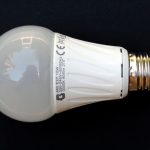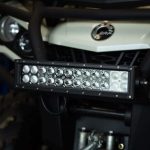Optimizing Your Indoor Garden: The Ideal Height for Your LED Grow Light
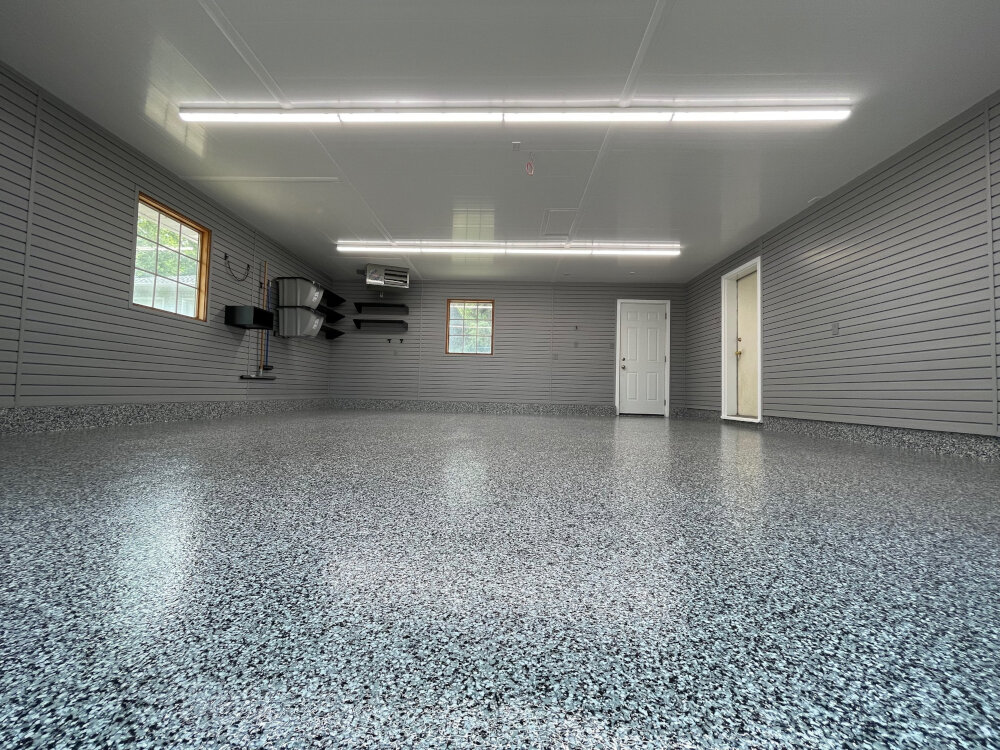
Indoor gardening has become increasingly popular in recent years, and for a good reason. Not only does it allow us to grow fresh produce year-round, but it also enables us to have a green thumb without the need for an outdoor space. However, one of the most crucial aspects of indoor gardening is ensuring that plants receive optimal lighting. LED grow lights have become a popular choice for indoor gardening enthusiasts due to their energy efficiency, long lifespan, and ability to emit specific wavelengths of light. However, many gardeners overlook the importance of the height at which they install their LED grow lights. In this article, we will explore the ideal height for LED grow lights and why it matters for the health and growth of your indoor plants. The height at which you install your LED grow light can significantly impact the quality and quantity of the light your plants receive. If the light is too close to the plants, it can cause heat stress and damage to the leaves. Conversely, if the light is too far away, plants may not receive enough light to grow and thrive. Finding the optimal height for your LED grow light is crucial to ensure your plants receive the right amount of light to maintain healthy growth. Additionally, the height at which you install your LED grow light can affect the size and yield of your plants. By understanding the ideal height for your LED grow light, you can maximize your indoor gardening success and achieve the best possible results.
The use of LED grow lights has revolutionized indoor gardening, making it possible to cultivate and harvest plants year-round, regardless of the season or weather conditions. LED grow lights emit light in the specific wavelengths needed for photosynthesis, allowing plants to grow faster, bigger, and healthier than they would under traditional fluorescent or incandescent lighting. LED grow lights are also energy-efficient, using less electricity and producing less heat than traditional lighting methods. With the ability to customize the light spectrum and intensity, indoor growers can optimize their plant growth and yield, resulting in a more abundant and diverse indoor garden. Overall, LED grow lights are essential tools for any indoor gardener looking to achieve optimal plant growth and health.
The height of an LED grow light plays a crucial role in the growth and development of plants. If the light is placed too close to the plants, it can cause damage to the leaves and inhibit growth. On the other hand, if the light is too far away, the plants may not receive enough light and fail to thrive. It is essential to find the ideal height for your LED grow light, which may vary depending on the type of plant and stage of growth. By optimizing the distance between the light and plants, you can ensure that your indoor garden receives the right amount of light to promote healthy growth and maximize yield.
Understanding the Types of LED Grow Lights
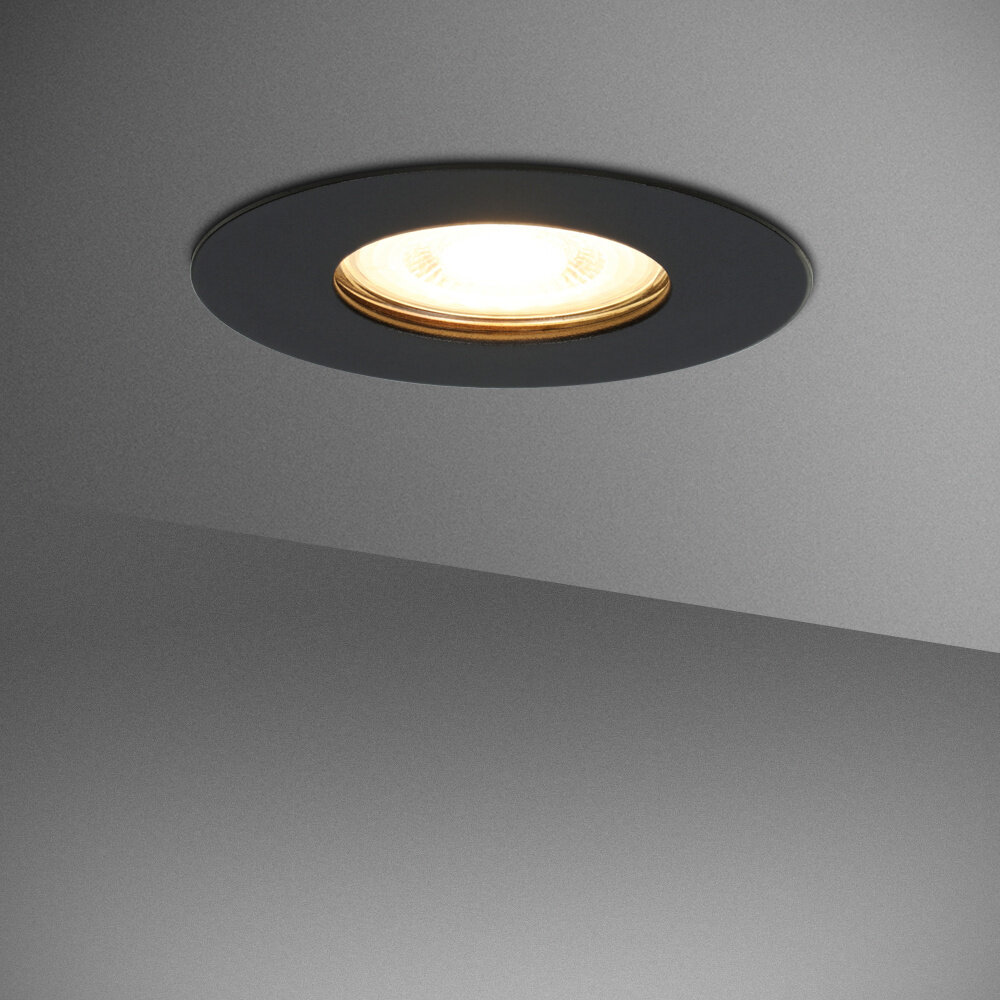
Understanding the types of LED grow lights is crucial for optimizing your indoor garden. The most common types of LED grow lights are the Full Spectrum LED and the Red/Blue LED. The Full Spectrum LED emits a wide range of wavelengths, mimicking natural sunlight, and is ideal for promoting plant growth and flowering. The Red/Blue LED, on the other hand, emits specific wavelengths that are essential for plant growth and is more energy-efficient than the Full Spectrum LED. It is suitable for use during the vegetative stage of plant growth. There are also other types of LED grow lights, such as the White LED, UV LED, and Infrared LED. The White LED emits a broad spectrum of light, making it suitable for use during all stages of plant growth. The UV LED promotes plant growth by stimulating the production of chlorophyll, while the Infrared LED is used to promote flowering and fruiting. Choosing the right type of LED grow light for your indoor garden depends on the specific needs of your plants and the stage of plant growth.
LED grow lights come in different sizes and shapes, each designed to cater to specific plant growth stages. The most common types of LED grow lights include COB (chip on board) LED, SMD (surface-mounted device) LED, and quantum board LED. COB LED grow lights are known for their high-intensity output and excellent heat dissipation, making them ideal for larger plants. SMD LED grow lights, on the other hand, are more energy-efficient and provide a wider coverage area, suitable for smaller plants. Quantum board LED grow lights are the newest type of LED grow lights and are known for their high efficiency and even light distribution, making them perfect for growing any plant from seedling to harvest. It’s essential to choose the right type of LED grow light for your indoor garden to ensure optimal plant growth and yield.
When it comes to choosing the ideal height for your LED grow lights, there are several types to consider, each with their own set of advantages and disadvantages. Fixed height grow lights are easy to install and require minimal maintenance, but may not provide adequate coverage for larger plants. Adjustable height grow lights offer greater versatility and can be adjusted to suit the needs of a range of different plants, but can also be more expensive and require more frequent adjustments. Finally, hanging grow lights allow for maximum flexibility and can be moved around as needed, but can also be more difficult to install and require a sturdy mounting system to prevent accidents. Ultimately, the best type of LED grow light for your indoor garden will depend on the specific needs and constraints of your setup.
Factors to Consider When Choosing LED Grow Lights
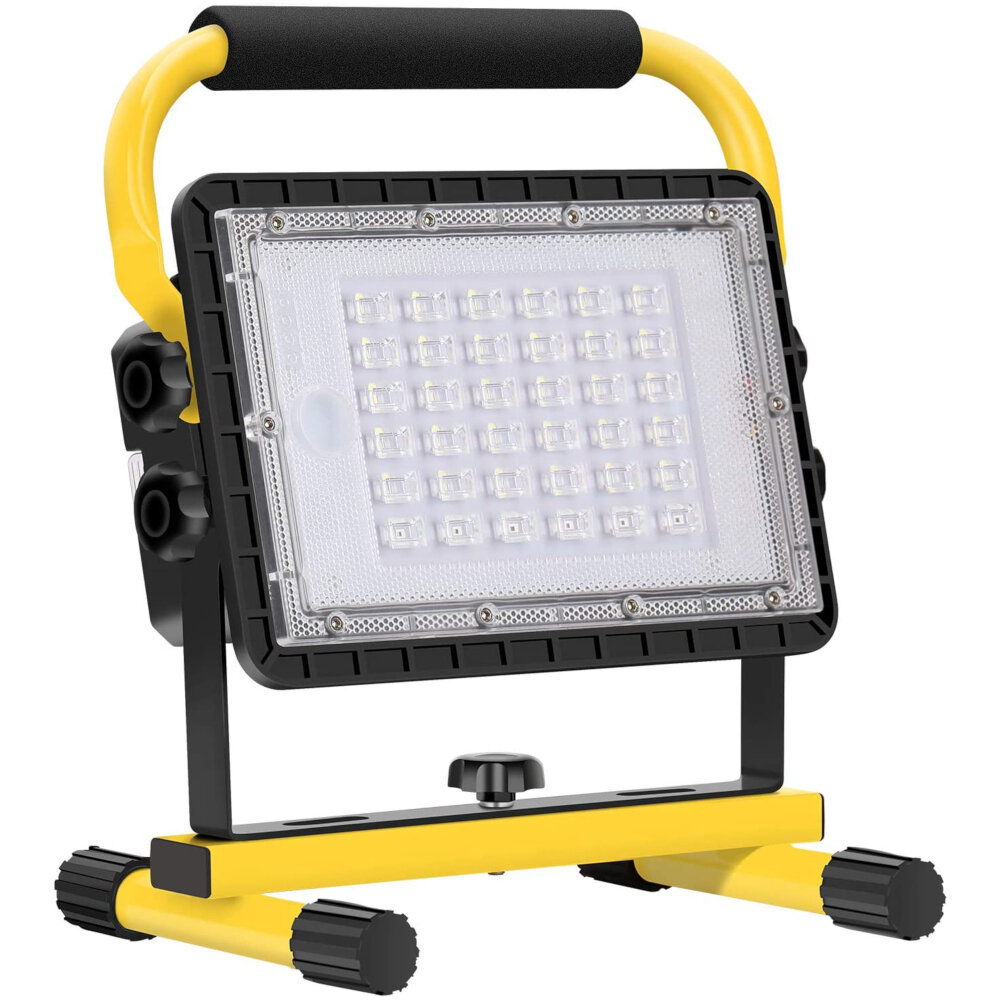
When it comes to choosing LED grow lights for your indoor garden, there are several factors that you need to consider. First and foremost, you need to think about the size of your indoor garden and the specific plants that you are growing. Different plants require different amounts of light, so it is important to choose LED grow lights that will provide the right amount of light for your plants. You should also consider the wattage of the LED grow lights, as well as the color spectrum. Some LED grow lights are designed specifically for vegetative growth, while others are better suited for flowering and fruiting stages. Another important factor to consider when choosing LED grow lights is the heat output. LED grow lights can produce a lot of heat, and this can be problematic for indoor gardens, especially if you are growing delicate plants. You should choose LED grow lights that have built-in cooling systems or fans to help dissipate heat and keep your plants at the right temperature. Additionally, you should consider the height of your LED grow lights, as this can also impact the heat output. LED grow lights that are too close to your plants can cause them to burn, while lights that are too far away may not provide enough light. Finding the ideal height for your LED grow lights is crucial for optimizing your indoor garden and ensuring that your plants thrive.
When choosing LED grow lights for your indoor garden, there are several factors to consider. Firstly, the size of your indoor garden will determine the wattage and coverage area you need. Secondly, the spectrum of the LED grow light is crucial as different plants require different light spectrums at different growth stages. Thirdly, the quality of the LED grow light is important as it can affect the lifespan and efficiency of the light. Fourthly, the heat output of the LED grow light can affect the temperature of your indoor garden, so it is essential to choose a light that emits low heat. Finally, the cost of the LED grow light and your budget will determine the type and quality of the light you can afford. By taking these factors into account, you can choose the ideal LED grow light for your indoor garden and optimize your plant growth.
When it comes to optimizing your indoor garden, selecting the ideal height for your LED grow light is crucial. Several factors need to be considered, such as light intensity, spectrum, and coverage area. Light intensity refers to the amount of light emitted by the grow light, and it’s measured in lumens or lux. A higher intensity light will require more distance from the plants to avoid burning them. The spectrum of the grow light also plays a significant role in plant growth, with different colors of light affecting different stages of growth. Lastly, the coverage area of the grow light needs to be considered to ensure all plants receive sufficient light. The ideal height for the grow light will vary depending on these factors, and it’s important to adjust the height as necessary to provide the best possible growing conditions for your plants.
Determining the Ideal Height for Your LED Grow Light
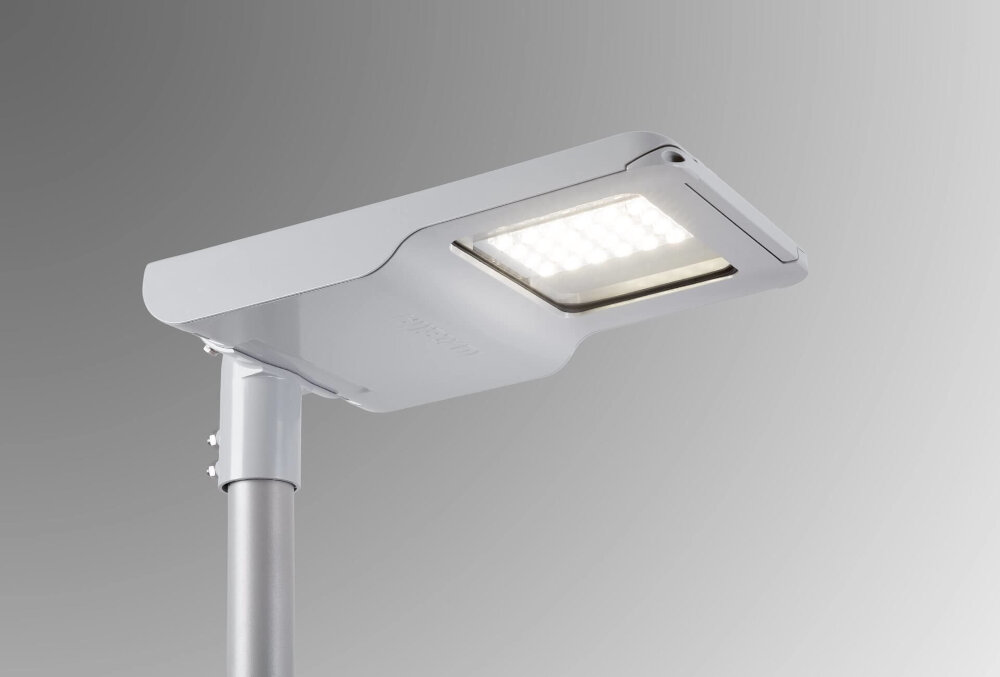
Determining the ideal height for your LED grow light is essential in optimizing your indoor garden. The distance between the LED grow light and the plants can affect their growth and development. If the LED grow light is too close to the plants, it can cause heat stress, which can lead to stunted growth, wilting, and even death. On the other hand, if the LED grow light is too far away, it can result in insufficient light, which can cause the plants to stretch and become weak. Therefore, it is crucial to find the perfect balance and adjust the height of your LED grow light accordingly. Several factors can affect the ideal height for your LED grow light, such as the type of plant, the stage of growth, and the wattage of the LED grow light. For example, seedlings and clones require less light intensity than mature plants in the flowering stage. Therefore, the LED grow light should be placed closer to the seedlings and clones than the mature plants. Moreover, different types of plants have varying light requirements. Some plants require more light intensity than others, and therefore, the height of the LED grow light should be adjusted accordingly. Lastly, the wattage of the LED grow light determines the light intensity, and as a result, the height of the LED grow light should be adjusted based on the wattage of the LED grow light. Overall, determining the ideal height for your LED grow light is crucial in providing your plants with the optimal growing conditions and ensuring a successful indoor garden.
Determining the ideal height for your LED grow light is crucial for the optimal growth and health of your indoor plants. The first step is to refer to the manufacturer’s manual, which typically provides recommended hanging distances based on the wattage and type of LED grow light. However, it is important to note that these recommendations are not set in stone, and you may need to adjust the height based on the specific needs of your plants. Generally, you want to position the LED grow light at a height that provides ample coverage to your plants without causing heat damage or burning. You can use a light meter or observe your plants closely to ensure they are receiving the right amount of light. Adjust the height as necessary until you find the sweet spot for your indoor garden.
To measure light intensity, a light meter or lux meter can be used. This device measures the amount of light in a given area and is important when determining the optimal placement of grow lights for indoor gardening. The distance between the grow light and plant also has a significant impact on plant growth. Plants placed too close to the light can suffer from heat stress and damage, while plants placed too far away may not receive enough light to grow properly. It is important to find the ideal height for the grow light in order to maximize plant growth and yield. By adjusting the height of the grow light and measuring the light intensity, indoor gardeners can optimize their growing conditions and produce healthy, thriving plants.
Tips for Optimizing Your Indoor Garden with LED Grow Lights
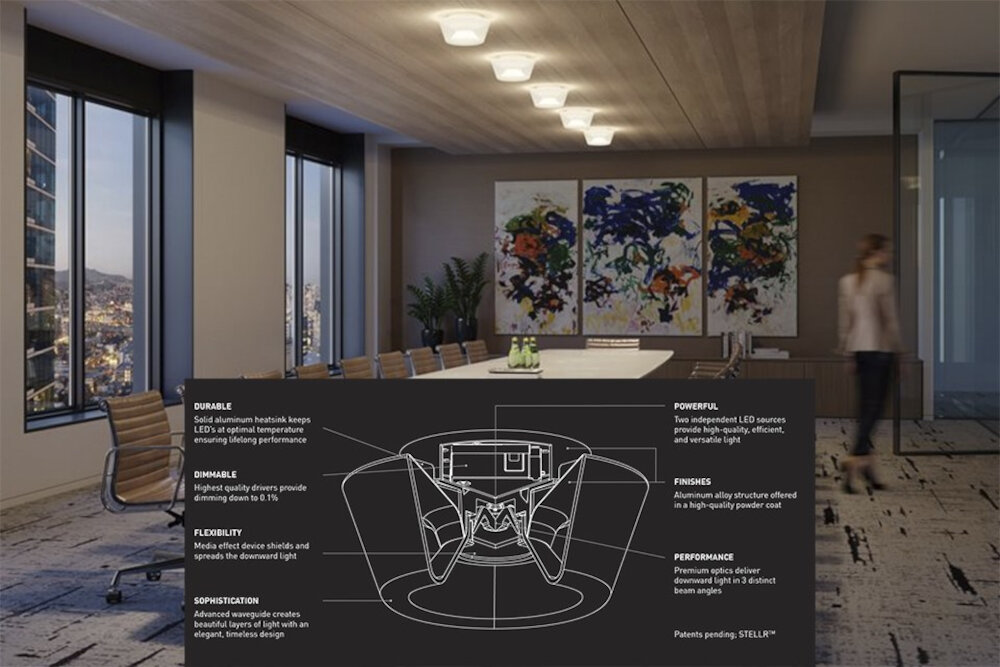
Indoor gardening is a great way to enjoy fresh produce and beautiful plants year-round. However, without proper lighting, your plants may not thrive as well as they could. LED grow lights are an excellent choice for indoor gardening because they provide the full spectrum of light that plants need to grow and flourish. But, to get the most out of your LED grow lights, you need to optimize their use. One of the most critical factors to consider when using LED grow lights is the height at which you place them. The ideal height for your LED grow light will depend on several factors, such as the type of plant you are growing, the size of your growing space, and the intensity of the light. As a general rule of thumb, you should place your LED grow light about 12 inches above your plants. However, if you are growing plants that require more intense light, such as tomatoes or peppers, you may need to place the light closer to the plants. On the other hand, if you are growing plants that require less intense light, such as herbs or lettuce, you can raise the light higher. By finding the ideal height for your LED grow light, you can ensure that your plants receive the optimal amount of light they need to grow and thrive.
When it comes to optimizing your indoor garden with LED grow lights, there are several key tips to keep in mind. First and foremost, it’s important to consider the ideal height for your LED grow light. Generally speaking, most plants require between 20 and 40 watts of LED grow light per square foot of growing space. Additionally, it’s important to ensure that your LED grow light is positioned at the right height above your plants. This will help to ensure that your plants are receiving the right amount of light without being burned or damaged. Other tips for optimizing your indoor garden with LED grow lights include choosing the right spectrum of light, providing adequate ventilation and air circulation, and regularly monitoring your plants for signs of stress or nutrient deficiencies. By following these tips, you can help to ensure that your indoor garden thrives and produces healthy, vibrant plants year-round.
When it comes to optimizing your indoor garden, there are a variety of factors that come into play, but one of the most important is ensuring that your LED grow light is at the ideal height. This can help to ensure that your plants are receiving the right amount of light and can grow to their full potential. In addition to adjusting the height of your grow light, there are a number of other tips that can help to optimize your indoor garden, including rotating your plants to ensure even growth, adjusting light intensity based on the growth stage of your plants, and using reflective surfaces to increase the amount of light that your plants receive. By following these tips, you can help to ensure that your indoor garden thrives, no matter what type of plants you are growing.
LED grow lights have become increasingly popular for indoor gardening due to their energy efficiency, low heat emissions, and long lifespan. These lights provide a full spectrum of light that closely mimics natural sunlight, allowing plants to thrive and grow indoors. LED grow lights also offer the flexibility to adjust the height and intensity of the light to meet the specific needs of different plants. With the right placement and height, LED grow lights can optimize plant growth, leading to higher yields and healthier plants. Indoor gardeners can benefit greatly from using LED grow lights, as they provide a reliable and efficient solution to cultivating plants in enclosed spaces.
When it comes to indoor gardening, LED grow lights have become an essential tool for plant growth. However, determining the ideal height for your LED grow light is crucial for achieving the best results. This is because the distance between the light source and your plants affects the amount of light your plants receive. Too close, and your plants may suffer from light burn, causing discoloration and stunted growth. On the other hand, if the LED grow light is too far away, your plants may not receive enough light, which can also result in poor growth. Thus, finding the sweet spot for your LED grow light is essential for optimizing your indoor garden and ensuring the best possible plant growth.
If you’re an indoor gardening enthusiast, then you know that providing the right conditions for your plants to thrive is of the utmost importance. One crucial factor that can make or break your indoor garden is the height of your LED grow light. By optimizing the height of your grow light, you can ensure that your plants receive the ideal amount of light they need to grow and flourish. With the tips provided in this article, you’ll be able to determine the perfect height for your LED grow light and take your indoor gardening to the next level. So, don’t wait any longer, use these tips to optimize your indoor garden and watch your plants thrive like never before!
Conclusion
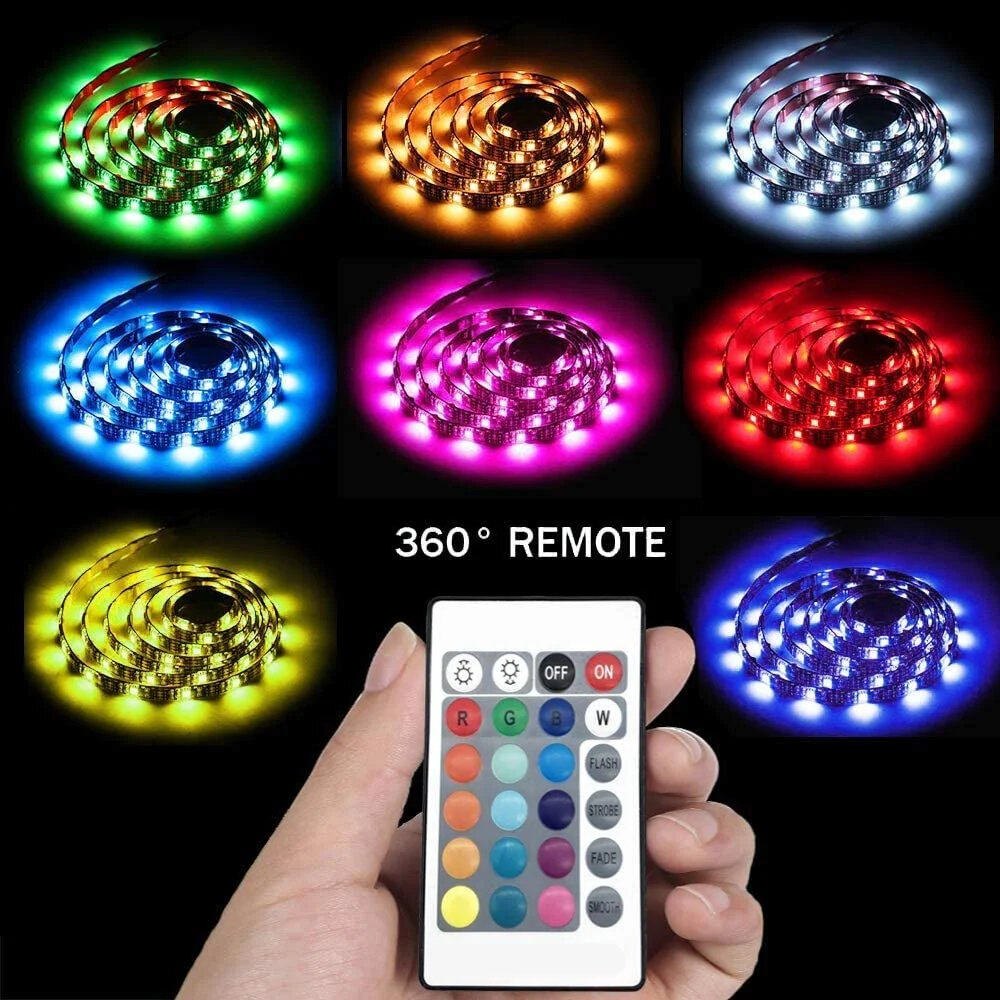
In conclusion, optimizing your indoor garden with the ideal height for your LED grow light is a crucial aspect of indoor gardening. It is essential to understand the requirements of your plants and the characteristics of your LED grow light to determine the appropriate height. A well-placed grow light can not only enhance the growth and yield of your plants but also prevent any damage caused by excessive heat or light. Therefore, it is imperative to consider the distance between your LED grow light and plants to achieve the best results. With careful consideration and experimentation, you can create an indoor garden that flourishes and thrives under the right conditions.



